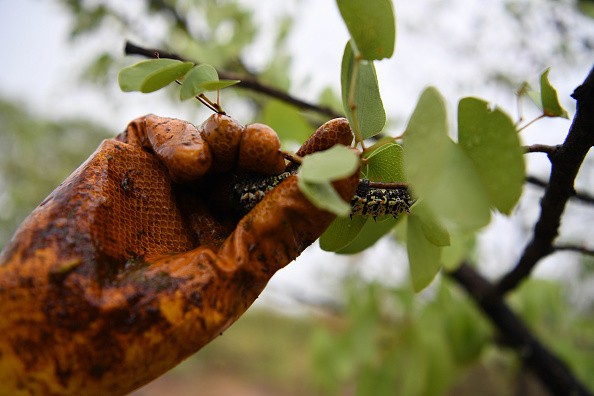Researchers looked into a single gene that evolved over million years ago.
The gene is said to help fight against caterpillars and other common pests.

Plants are helpful for both animals and humans.
They have their defense mechanisms against common pests since being damaged could also affect animals that depend on them.
As a result, researchers studied plants and how a gene is responsible for a defense mechanism against harmful pests.
The research report was published in eLife and could be read on Phys.org's website.
Defense mechanism
The article explained that a gene helps protect plants by ensuring they grow.
The breeding of plants contributed to developing a gene important in defense mechanism.
The research observed plants, including soybeans, that lost the protective gene.
What is amazing about plants is how they deal with the environment. The study pointed out that the plants' health would also depend on their immune system, meaning it has inherited traits to fight and recognize pests and peptides.
The research investigated the evolutionary events of how plants managed to trigger an immune response against a threat, such as caterpillars.
The report noted that knowledge or information about plants' defense mechanism evolution is said to be limited.
The study's lead author Simon Snoeck explained that plants inherit pattern-recognition receptors that can recognize and deal with pests and diseases.
Snoeck is also a postdoctoral researcher at the University of Washington.
To further analyze the sample, the researchers observed the plants' genomes. They looked into the common pattern receptor using the Inceptin Receptor (INR).
With this method, the researchers could decipher how plants developed defense mechanisms or lost their ability to fight against a common pest, caterpillars.
As a result, the study discovered a single gene, recognizing t as a 28-million-year-old gene receptor. It is important for plants' response against pests and caterpillar peptides.
On the contrary, the researchers also noted that some plants lost the gene important for the immune response against caterpillars.
The researchers explained that they hoped to learn more about plants' genome-level processes.
In this way, they could see how plants evolve receptor diversity and discover new plant immune receptors.
With this in mind, the researchers emphasized that it would be useful for the abundance and growth of plants to understand their common pests.
The study performed observations to know how plants recognize peptides from pathogens.
According to the study, the researcher constructed the ancestral sequence, combining today's receptor gene and 28 million years old original gene sequences.
Senior author Adam Steinbrenner added that they managed to identify the secondary loss of the plant's key immunity.
Steinbrenner is also an Assistant Professor of biology at the University of Washington.
In conclusion, the study pointed out that they were looking at how the receptor of plants managed to evolve using computer models, showing the importance of a new gene in the ancestral plant's genome.
The study noted the rapid evolution of receptors and how they developed a defense mechanism against caterpillar peptides.
Related Article : Bats Contribute to Keep Forests Growing and Protect Tree Seedlings From Insect Damage
For more similar, don't forget to follow Nature World News.
© 2025 NatureWorldNews.com All rights reserved. Do not reproduce without permission.





